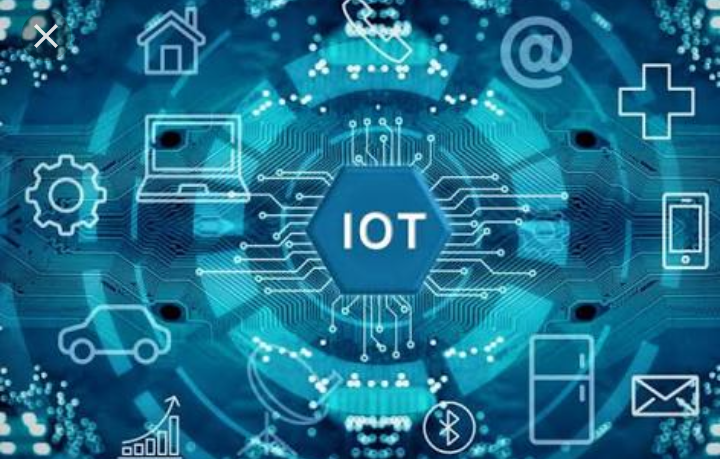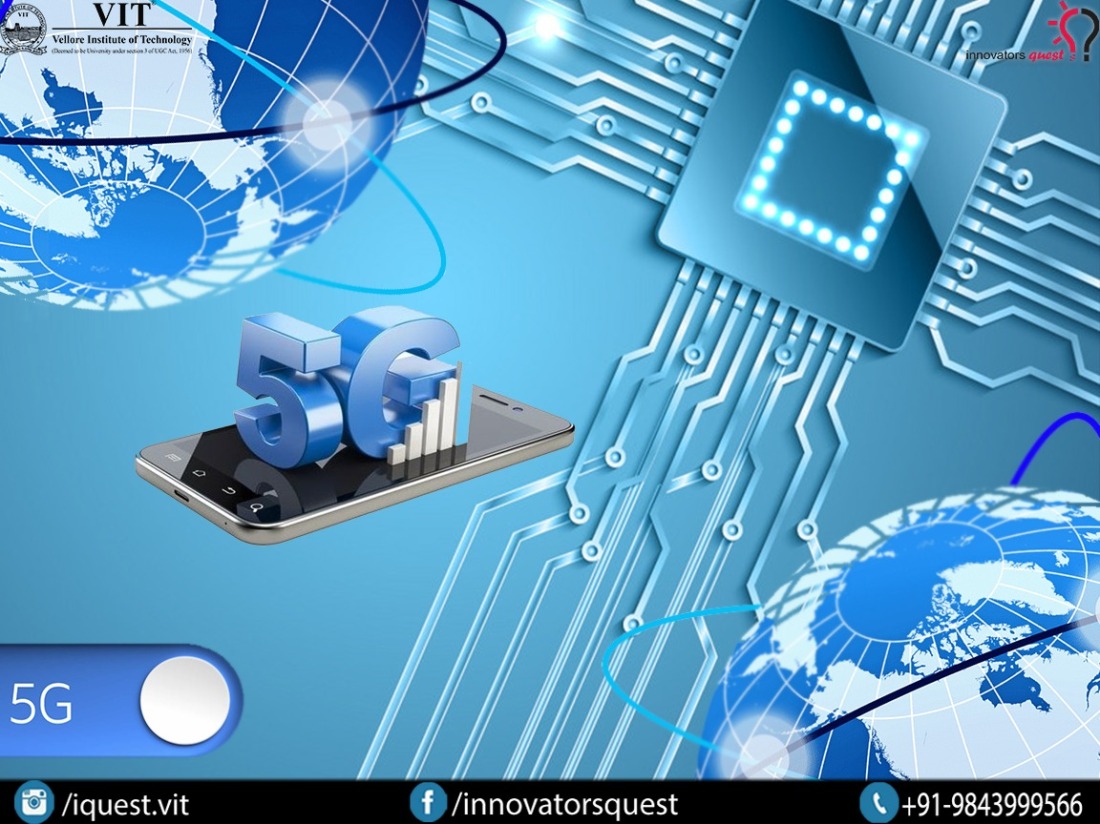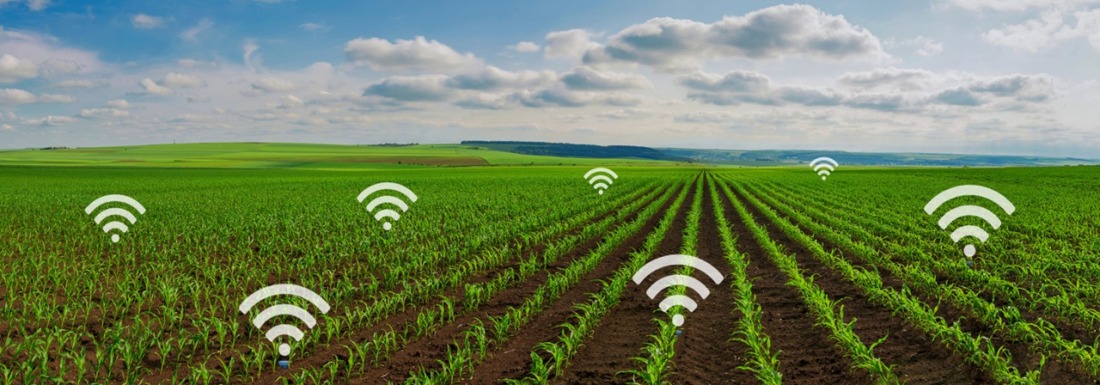Ever since back in 1956, in a workshop in Dartmouth College, from where AI is assumed to have emerged as a field, there was a question that nagged at the minds of people who were working on AI. A question that gave rise to one of the best action movies of all time. Will AI trump humans? Will the machines end up winning?
People have spoken both for and against humanity in this debate. An example being Jack Ma, the co-founder and former executive chairman of Alibaba Group.
The Chinese entrepreneur said he was “quite optimistic” about AI and thought it was nothing for “street smart” people like them to be scared of. Jack Ma firmly believes that AI will never triumph over Human Heart.
On the flipside, Billionaire entrepreneur, engineer and philanthropist Elon Musk disagreed and claimed that AI will be ‘vastly smarter’ than any human and would overtake us by 2025. He went on to call AI a potential existential threat to humanity.
Here we not talk about Mr. Musk who after expressing his opinions about AI decided to create a company to study AI. Enter OpenAI the star of the show. OpenAI states that their mission is to ensure that Artificial General Intelligence benefits all of humanity AGI is the hypothetical intelligence of a machine that has the capacity to understand or learn any intellectual task that human being can. AKA Strong AI or Full AI.
Now this is where it gets really interesting. Defense of The Ancients 2 is one of the most popular Multiplayer Online Battle Arena games in existence. It involves players choosing a ‘hero’ from among a pool of over 115 heroes each with it’s unique abilities, strengths and weaknesses. Every year Valve hosts a tournament in which the best teams in the world participate competing for the Grand prize and the chance to host the Aegis of the Immortal. This tournament named The International has the biggest prize pool in the history of E-Sports. TI9 in 2019 hard a prize pool of over 34 million dollars.
Back in 2017 at the opening ceremony of TI7 the crowd was riled up way more than ever before as they were gonna experience something for the first time in DOTA history.
Danil “Dendi” Ishutin is one of the most loved personalities in the DOTA Pro circuit; His team Natus Vincere has won the first TI ever hosted. Dendi was challenged by the open AI team to one versus one showdown at TI7. Dendi vs OpenAI Bot. Now, since DOTA requires long term strategic planning & execution, it is a classical nightmare for AI. However, with the crowd cheering, the DOTA Community saw their champion fail. This was the first time this had ever happened.
Now, an AI performing as good as an average human player or even an above average one would have been a feat in itself, however, beating a professional who was among the top percentile of players in the world; who had spent over 12,000 hours playing the game was completely different.
However, DOTA is a team game. It is played with 5 people facing 5 other people. Beating one guy, however impressive that may be, was still beating one guy.
Then, in 2018, while the Community was still reeling from Dendi’s loss, OpenAI challenged the then TI winning World Champion team, OG to a match of DOTA. Not some 1 vs 1 challenge, no. This was the real deal. An actual 5 vs 5 game of DOTA 2. What happened next sent everyone reeling. It was gonna be a best of 3 series.
Many thought that the World Champions each of whom having played over 10 thousand games of DOTA over the course of their whole lives might have an edge over the bot who had one year. These people were in for a rude awakening. It was later revealed that the bot had played millions and millions of matches against itself, learning and improving all the while.
Then came the night of the series.
GAME 1:
Just after choosing their heroes, the bots, dubbed OpenAI 5, declared that their estimated win probability to be 67.6%. This was just based on the hero choices made by the AI. In the beginning, it seemed as if the Bots were roaming around the map aimlessly and making random rather questionable plays which even professional casters weren’t able to justify. They were playing extremely aggressively and at about 18 minutes into game 1, the stats made it clear that both the teams were doing about equally well, in fact, OG was at a slight advantage. Then, at this time, the bots declared that they had a win probability of over 95% at that point. This didn’t make sense to anyone at that time, but, to the bots, the game was as good as won. And then, as if to prove their point, in the very next engagement between the 2 teams, the bots wiped out 4 out of 5 players of OG and then declared that their win probability were now over 99% and shortly after, they won game 1. It became apparent that there was a method to their madness.
GAME 2:
After the hero draft itself, the AI declared a win probability of over 60%. Then, turning up the heat, just 5 minutes into the game, declared a win probability of over 80%, which escalated to 90% by the 8-and-a-half-minute mark. 30 seconds later, it was over 95%. Topson, one of the players of OG even stopped playing for the last few minutes of the game, knowing the hopelessness of the situation.
Playing aggressively, the AI won just 21 minutes into the game, winning game 2 and hence, the series.
Later, one of the core members of OpenAI team said in an interview that in the millions of games the AI has played, it has learnt to extremely accurately predict whether an engagement was going to result advantageously for it or not. Meaning, if upon being engaged, it fights back, instead of attempting an escape, you will lose the fight.
The Progress in AI is astounding. Even though the Artificial Intelligence we have now is a long way from Artificial General Intelligence, OpenAI, Google’s AlphaGo and AphaZero are extremely promising.
Although the debate that whether developing AI will lead to the Skynet Scenario is still ongoing, the best and brightest minds are working to make sure that AT benefits humanity.
What the future holds, only time will tell.
For More info, watch








